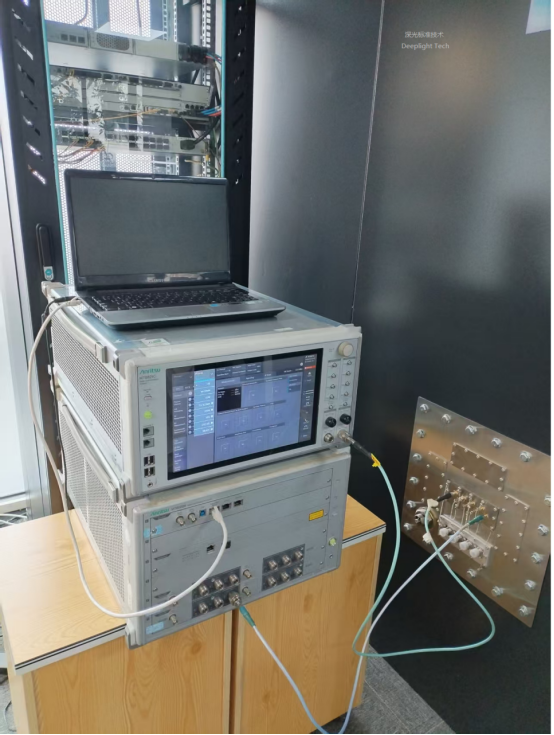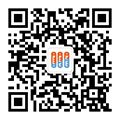Satellite Communication Terminal 5G NR NTN Equipment 3GPP 38.521-5 Test Service

1. DeepLight Provides 5G NR NTN Testing Services
DeepLight builds testing environments with comprehensive testers to simulate propagation delays and Doppler shifts in 5G NR NTN environments. This ensures compliance with the 3GPP 38.5215 standard for 5G NR NTN, facilitating compliant development of 5G NR NTN devices.
2. Examples of 5G NR NTN Testing and Debugging Services
Measurement of transmitter power and signal strength analysis.
Measurement of transmitter frequency error and debugging of module connection issues in prototype devices.
Measurement of spurious harmonic signals in transmitter spectrum emissions (conducted spurious harmonics), data analysis, and debugging of spurious signal issues.
Receiver sensitivity measurements and debugging of receiver performance during signal demodulation, analyzing whether normal throughput can be achieved under ideal conditions.
Earlystage performance debugging.
The above points cover the full range of issues typically encountered in R&D debugging.
3. Technical Background and Standard Evolution of 5G NR NTN
With the development of communications technology into the fifth generation (5G), nonterrestrial networks (NTN) have emerged as an extension of 5G NR. This technology addresses connectivity challenges in regions where traditional communication infrastructure is unavailable (e.g., mountainous areas, remote islands, and disaster zones). With the growing demand for reliable communications in such environments, NTN is expected to play a key role in future 5G networks, based on the 3GPP 38.5215 standard.
The 3GPP NTN standard (Release 17) published the first specification for 5G NTN, defining direct terminaltosatellite communication technology based on the new radio (NR) air interface. It focuses on direct terminal connection within a transparent forwarding network architecture. Communication is achieved with satellite and cellular networks operating independently in terms of architecture, system, and frequency—representing one mode of satellite communications.
The new satellite communication terminals (5G NR NTN) use the 5G NR air interface to access 5G networks via satellites and ground gateways, with data interaction between the terminal and the 5G core network consistent with terrestrial mobile communication systems.


Figure 1
As shown in Figure 1, Release 17 specifies support for the L and Sbands:
n255 (UL: 1,626.5–1,660.5 MHz, DL: 1,525–1,559 MHz)
n256 (UL: 1,980–2,010 MHz, DL: 2,170–2,200 MHz)
Each of these frequency division duplex (FDD) bands provides about 30 MHz of spectrum in each link direction.
In Release 18, another MSS FDD band will be added: UL in the Lband (1,610–1,626.5 MHz) and DL in the Sband (2,483.5–2,500 MHz).
Release 18 will also specify at least three example bands (n510–n512) in the Ka frequency range: 17.7–20.2 GHz (DL) and 27.5–30 GHz (UL). While the L/S bands target handheld devices, the Ka bands require devices with highergain antennas, such as those typically mounted on buildings.
We welcome customers to contact us for consultation on 5G NR NTN testing services. No matter which stage of device development you are in, DeepLight aims to provide you with professional technical support and testing services to ensure your 5G NR NTN devices comply with 3GPP standards.




